Even when you do not see them, the slabs are tied with networks of microcracks resulting from common shrinkage. When new concrete hardens, shrinkage always occurs. And because concrete is not an elastic material, cracks are inevitable and are rarely a cause for concern. Tight cracks are common in concrete slabs.
In general, if the crack is stable and does not leak water, it does not indicate a structural problem. In most cases, these are shrinkage cracks that formed when the concrete cured. You can expect shrinkage and cracks in the base of the slab, and these are very common. They generally do not compromise the structural integrity of the home.
Because of moisture, things like hardwood floors, moldings, and wooden frames can shrink and acclimate to lower indoor humidity. Similarly, with temperature changes, expansion and contraction can occur daily and seasonally. Cracks that crack are very fine, surface cracks that resemble spider webs or broken glass. When the top of a concrete slab loses moisture too quickly, cracked cracks are likely to appear.
While unsightly, cracked cracks are not a structural concern. Keep an eye on your concrete slab as it cures. Quick drying can often cause these cracks, so taking precautions can help prevent them. More information on this in the next point.
I am often asked about cracks in concrete foundations. Many homeowners get nervous when they see cracks in concrete and wonder if they are bad or dangerous. While it's natural to worry when you see something breaking, the reality is that 95% of cracks in concrete are harmless and there's nothing to worry about. The husband's concerns are that even with foundation repairs, the interior slab of the house will start to crack (he does have experience in construction, working for a city, doing inspections of low-income homeowners for a Hud program).
The danger in both cases is that cracks can channel moisture and cause damage, requiring greater amounts of repair the longer they go unchecked. Concrete cracks when subjected to tensile stresses (forces that separate into something versus forces that push something together). If you lose moisture too quickly, the patch may crack and cannot adhere properly to the concrete. ALL concrete cracks and you need to understand this problem and realize that most concrete cracks are safe.
If the cracks are stable and less than ¼ inch wide, you can repair them with a flexible sealer made for concrete, such as Sikaflex Concrete Fix. A concrete slab without reinforcement will usually have more cracks and the cracks will be wider than the cracks of a reinforced slab. Although there are many reasons for concrete slabs to crack, most do not lead to serious structural or foundation problems; however, there are times when cracks are a warning sign of fundamental or other problems. If a house is on land on the slope of a hill and there is a living room or an area of open space under the concrete floor of the garage, then all cracks should be evaluated for safety reasons.
If these sublayers are not tightly compacted, then when concrete is poured onto them, the heavy weight of the concrete will cause these areas to fall out a little, and then cracks may occur. The types of cracks in the foundation, crack patterns, differences in the meaning of cracks in different foundation materials, site conditions, construction history, and other evidence of movement and damage of the building are described to help the inspector separate hazard conditions from those that are likely to be important and potentially expensive to repair. Sometimes cracks occur because the concrete was not mixed correctly or was laid in weather conditions that did not allow it to set evenly. They often use wire mesh as reinforcement, which holds concrete parts together but does not prevent them from cracking.
All concrete cracks are just a matter of whether the cracks are caused by shrinkage, settling or a serious structural problem. Grooves in concrete are “control joints”, placed at regular intervals to control the location of shrinkage cracks, which are difficult to avoid. After heavy rain or snow melting, when the ground below is soft and damp, excessive weight on the slab can press the concrete down and lead to cracks. .
.
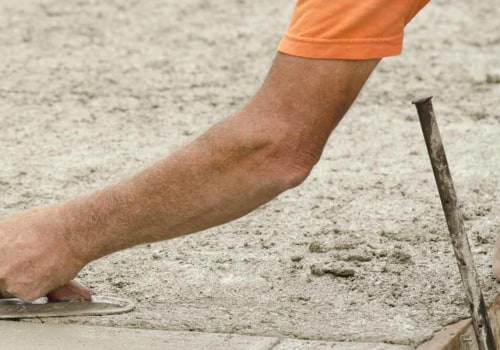
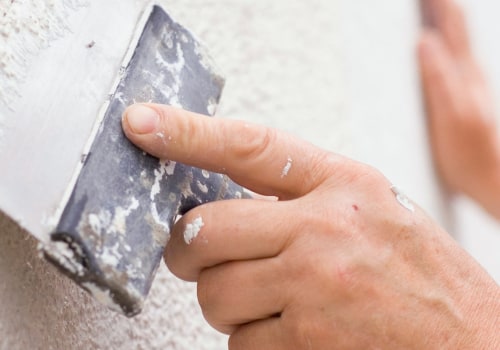
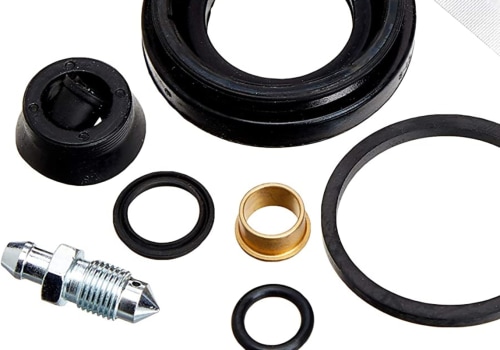
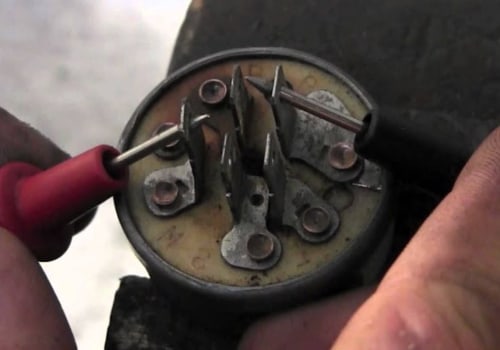

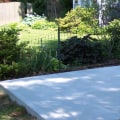

Leave Reply